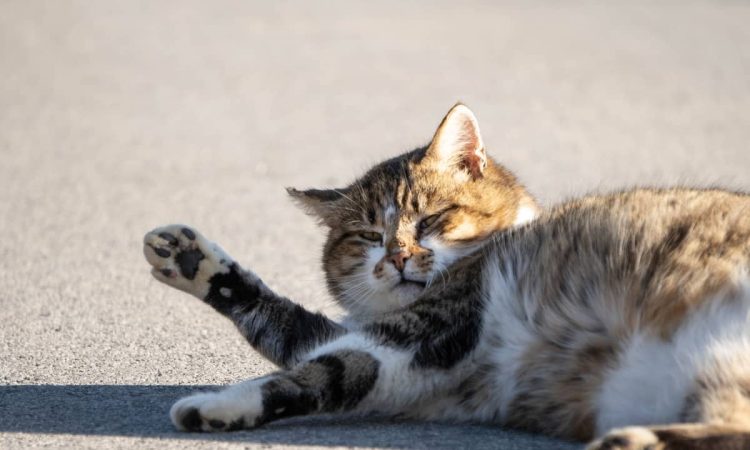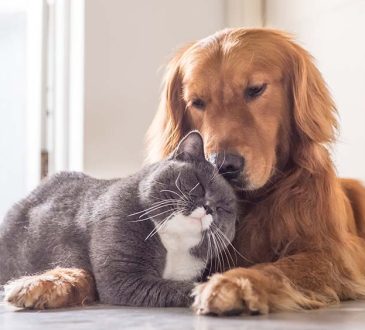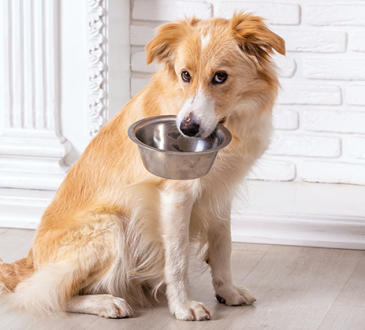
As a caring cat owner, you want to do everything you to keep your furry friends happy and healthy. However, your indoor kitties lead much more sedentary lives than free-roaming outdoor cats. Without sufficient exercise to balance out their calorie intake, obesity becomes a real concern for house cats. An indoor cat on an improper diet easily packs excess pounds, putting them at risk for weight-related feline health issues like diabetes, arthritis, heart disease, and more.
Make sure your cat gets adequate nutrition without going overboard on treats or unhealthy feeding habits. With some thoughtful diet planning and lifestyle adjustments, you help your indoor cat maintain a healthy weight and live their best life.
Choosing the best cat food for indoor cats
When selecting the best cat food for indoor cats, you want to focus on high protein, low carb diets to match their less active routines. Some key things to look for include:
- High Protein Content – Indoor cats need at least 30% quality protein from animal-based ingredients like chicken, turkey, salmon, or tuna to help maintain muscle mass and keep energy levels up. Avoid plant proteins like corn, wheat, or soy which are more difficult for cats to digest.
- Limited Carbohydrates – Carbs from grains just add empty calories without nutritional benefits. Seek out low-carb, high-protein cat foods with no more than 10% carbs.
- High Moisture Content – This helps your cat feel fuller while reducing calorie intake. Wet and canned foods have much higher moisture content than dry kibble. Adding water to kibble helps increase hydration.
- Controlled Portions – Follow your vet’s guidance or package feeding guidelines for ideal portion sizes based on your cat’s size, age, and activity level. Use measuring cups for accuracy.
- Limited Human Food – Even healthy people’s food provides unnecessary calories and sets up begging habits. Avoid sharing table scraps or overindulging treats.
Strategies for exercise and activity
While indoor cats are more sedentary than outdoor kitties, that doesn’t mean they can’t stay active with the right encouragement in a safe, engaging home environment. Try these tips to incorporate more activity into your cat’s daily routine:
- Cat trees and vertical space – Let them climb, perch, and pounce to their heart’s content. Multi-level cat trees, shelving, and window perches add fun vertical territory to explore.
- Hunting feeders and toys – Food puzzle feeders, treat balls, and mouse toys with catnip let cats pounce and play as they snack. This mimics natural hunting behaviors.
- Playtime routines – Schedule 10-15 minutes 2-3x daily to get them moving with teaser wands, laser pointers, fetch toys, and chasing games. Work that predator energy out!
- Leashed walks – Some cats enjoy harness training for safe outdoor explorations on a leash around your yard or neighborhood (be wary of escapes!)
- Enrichment activities – Rotate novel toys and objects like cardboard boxes, paper bags, and ping pong balls to pique curiosity when playtime loses their interest.
By engaging your indoor cat’s instincts to stalk, hunt, and climb combined with scheduled playtimes and enrichment, they’ll be getting a good workout on their home turf!




